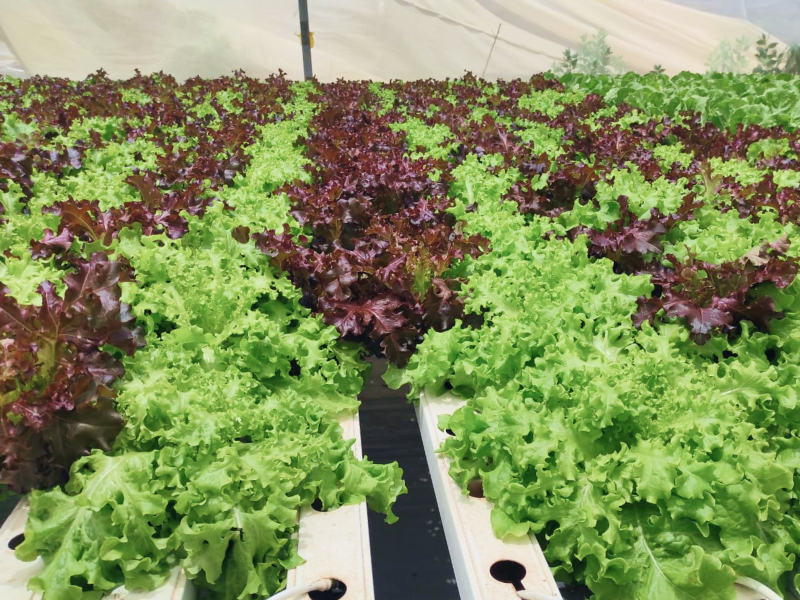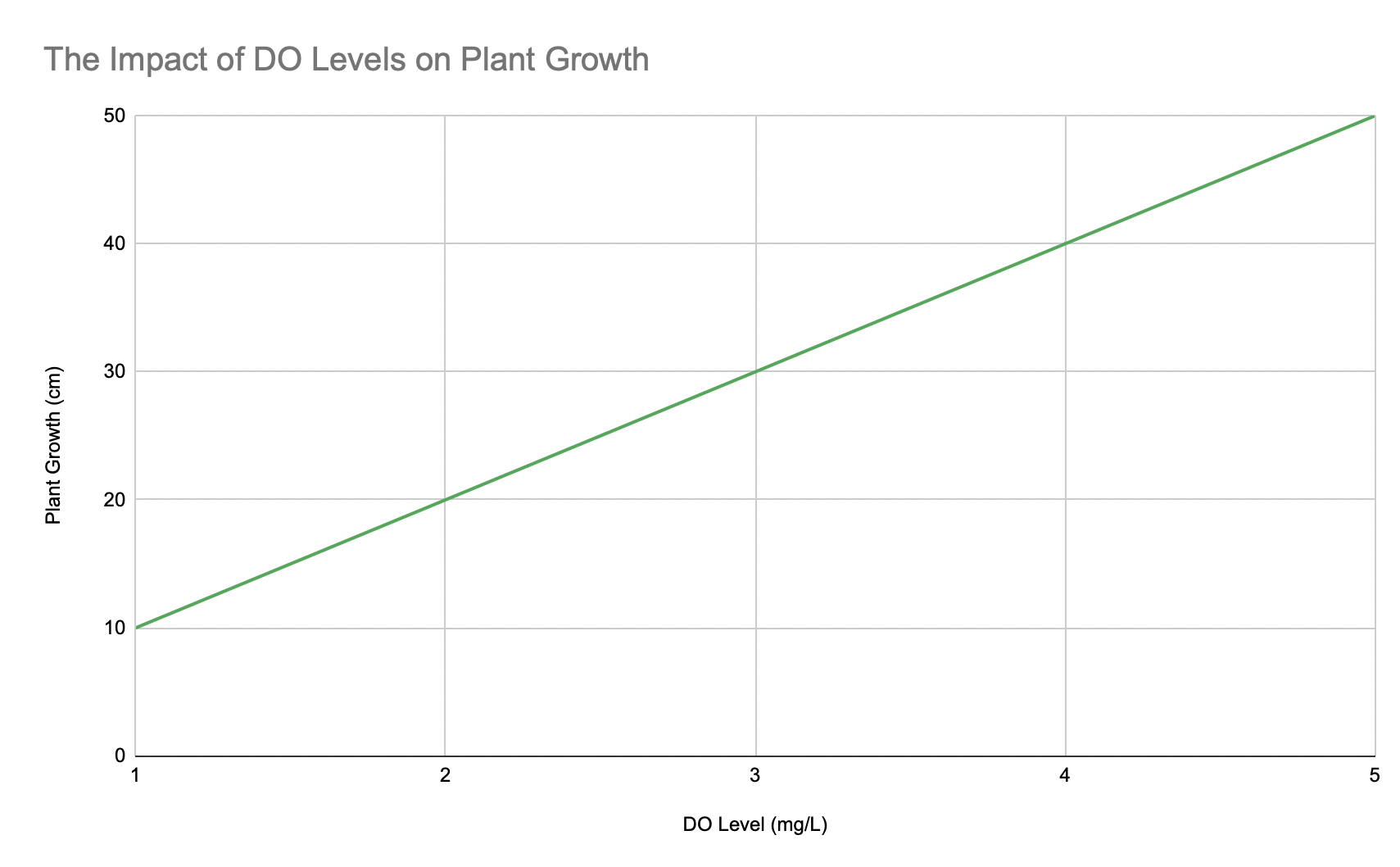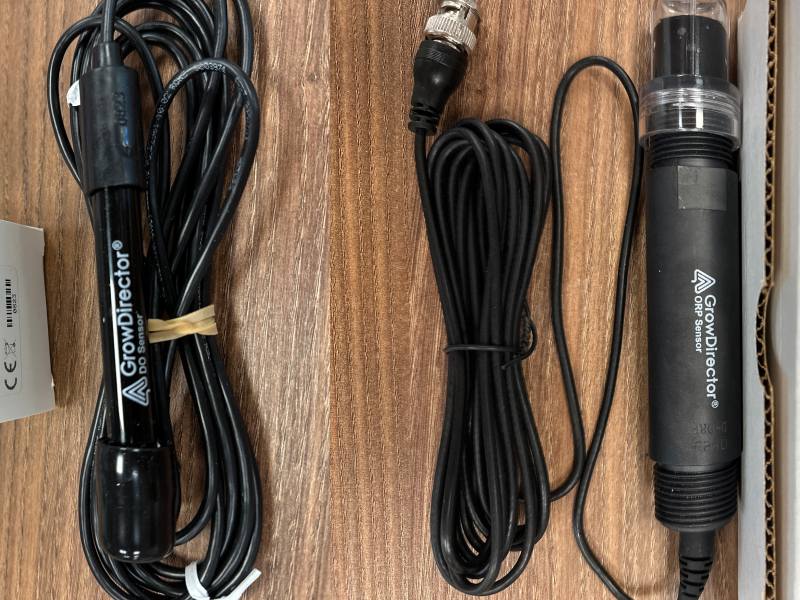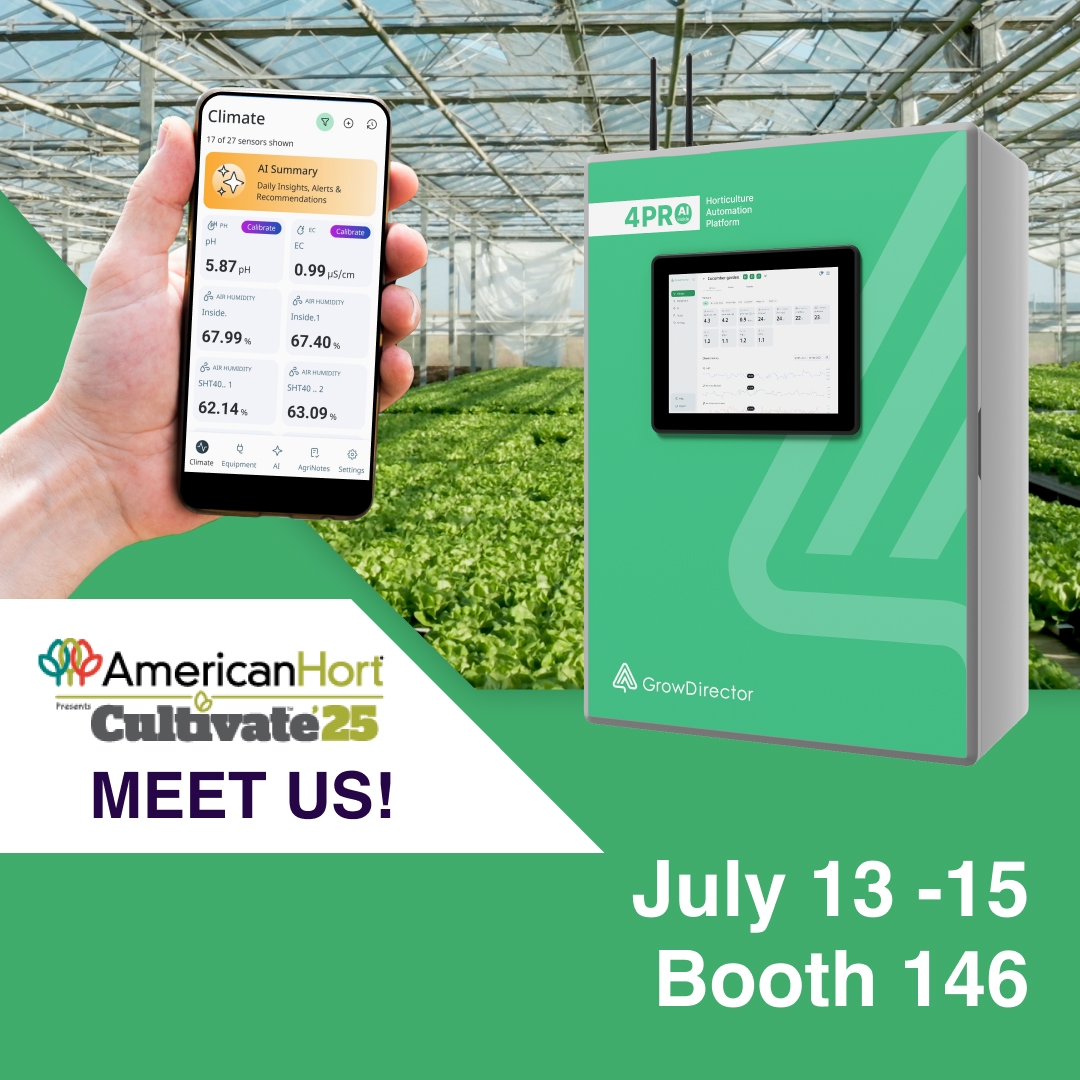
DO and ORP Sensors: 2 Essential Tools for Professional Greenhouses

A Nutrient Film Technique growing lettuce needs to adjust water quality
What are DO and ORP sensors?
Do you own a greenhouse? If so, you know that the quality of the air and water in your greenhouse is essential for the health and productivity of your plants. That’s where this sensors come in.
DO and ORP sensors are devices that measure the dissolved oxygen (DO) and oxidation-reduction potential (ORP) levels in air and water. These measurements are important for ensuring that the air and water in your growing facility are at the correct levels for optimal plant growth.
How do they work?
Dissolved Oxygen (DO) Sensors
Dissolved oxygen (DO) sensors are designed to measure the amount of oxygen dissolved in water. They utilize various technologies to accurately determine DO levels. One common type is the optical DO sensor, which measures oxygen concentration by analyzing the luminescence properties of a fluorescent dye. Another type is the galvanic DO sensor, which measures oxygen concentration based on electrochemical reactions.

Graph showing the relationship between DO levels and plant growth.
Oxidation-Reduction Potential (ORP) Sensors
Oxidation-reduction potential (ORP) sensors, also known as redox sensors, are used to measure the electron activity in a solution. ORP levels provide insights into the oxidizing or reducing properties of the water. These sensors typically consist of a reference electrode and a measuring electrode, which generate a voltage proportional to the ORP of the solution.
The benefits of using DO and ORP sensors.
They play a crucial role in maintaining optimal conditions in growing facilities. In terms of air quality, DO sensors help monitor oxygen levels, ensuring that plants receive sufficient oxygen for respiration and photosynthesis. This helps prevent stress and promotes healthy growth. ORP sensors, on the other hand, assist in controlling the growth of harmful algae and bacteria in water used for irrigation or hydroponic systems. By maintaining the ORP at appropriate levels, the risk of plant diseases and waterborne pathogens is significantly reduced.
Benefits
- Improved crop yields: By accurately measuring DO and ORP levels, greenhouse operators can optimize the air and water conditions for plants, resulting in improved crop yields.
- Reduced water usage: Monitoring DO levels helps prevent overwatering, allowing for more efficient water usage and reduced waste.
- Increased energy efficiency: Proper ORP control minimizes the growth of algae and bacteria, reducing the need for energy-intensive water treatment and maintaining a more energy-efficient greenhouse environment.
According to a post on Greenhouse Blog, implementing sensors in greenhouse operations has been shown to enhance productivity through optimized air and water conditions.
How to choose the right DO and ORP sensors for your greenhouse?
- Consider your needs: What are the specific needs of your greenhouse? What are the size and type of your growing facility? What are the plants you grow?
- Research different brands and models: There are many different brands and models of DO and ORP sensors available. Do some research to find the sensors that are right for your needs.
- Read reviews: Once you have found some potential sensors, read reviews from other users. This will help you to get a better understanding of the pros and cons of each sensor.
- Make sure the sensors are accurate, durable and easy to use.

This sensor is used to measure dissolved oxygen and oxidation-reduction potential in water and you can order them on our online shop.
Where to buy high quality sensors?
- Online retailers: There are many online retailers that sell different sensors. This is a convenient way to shop, as you can compare prices and reviews from different retailers.
- Hardware stores: Some hardware stores also sell these sensors. This is a good option if you want to see the sensors in person before you buy them.
- Greenhouse supply stores: Supply stores often carry a wide variety of sensors. This is a good option if you are looking for specific brands or models.
By following these tips, you can choose the right sensors for your growing facility and ensure that your plants are getting the best possible care.
Conclusion
DO and ORP sensors are essential tools for professional growers, enabling to monitor and optimize the quality of air and water for optimal plant growth. These sensors help improve crop yields, reduce water usage, and increase energy efficiency. Incorporating sensors into growing facility operations can lead to healthier, more productive plants and sustainable cultivation practices.
To learn more, visit our website or contact us today. Our experts are ready to assist you in choosing the right sensors for your specific needs
